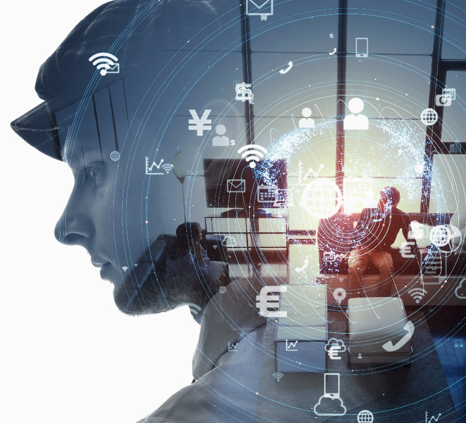
Nowadays, timely debt collection is becoming an increasingly difficult problem for financial institutions. According to the All India Debt & Investment Survey, rural families’ debt levels have increased by 84% in 2021, while those in urban areas have witnessed increases of 42%. The Covid-19 epidemic made things worse. Many people fell behind on their normal payment schedules as a result of the economic slump, which increased the number of defaulters.
The obsolete collecting method is one of the main causes of slow debt collection. Many lending institutions continue to employ the dated method of using traditional risk models that are based on scant data and antiquated calculations. Many borrowers fall behind the schedule as a result of this model’s inability to predict which debts will be sent to collections. The purpose of lending platforms has altered as a result of the development of artificial intelligence and machine learning. These approaches make it simple to anticipate the delinquency risk associated with a customer. Customers are divided into high-paying and low-paying probability categories, which accurately predicts how they will repay their loans.
Loan reimbursement benefits are already being felt by early adopters of these technology. AI has streamlined the loan procedure. By providing early warning for delinquencies, client categorization based on loan payment behaviour, and unique customer interaction methods to reduce defaults, the application of AI in lending has greatly simplified the process of debt collection.

The early warning system paradigm has altered due to the use of machine learning. When a borrower defaulted in the past, collection losses were recovered. Nowadays, however, consumers are proactively recognised before they commit loan default thanks to the use of predictive analysis of machine learning.
In-depth data analysis using machine learning and artificial intelligence (AI) reveals previously unknown aspects that contributed to loan default. Data analysis offers a more reliable foundation for predicting client delinquency. Real-time data may be accommodated thanks to its flexibility, which was not possible with older models.
Borrowers are differently categorised by AI and machine learning systems based on their intricate features, such as the restaurants they frequent, their purchasing habits, where they go on vacation, etc. These several variables aid in understanding the borrower’s social and economic situation and aid in successful debt collection. Instead of classifying customers into broad market segments, artificial intelligence (AI) aids in the development of accurate profiles to forecast which borrowers require proactive intervention, such as loan restructuring or adjusted payment conditions.
Customer engagement should be increased by contacting customers in a method that maximises engagement time. In the past, phone conversations were used to handle payment-related concerns. The process of debt collection, however, is no longer limited to merely using outreach methods like calls, in-person meetings, emails, WhatsApp, and SMS thanks to AI and ML. Instead, it focuses on when to reach out and how to craft an effective message, depending on the customer. These techniques are very context-sensitive, thoroughly ML-analyzed, and specifically designed for each client. Providing customers with pertinent details ensures that delinquencies are decreased.

Credit Nirvana provides an end-to-end digital debt management solution that is powered by AI/ML technologies. A complete collection process application, including case administration, case trail management, payment settlement, and reconciliation, is provided by the platform.
It generates dynamic and tailored decision output in real time using novel algorithms and unusual inputs. To produce a relevant result, it combines internal data from microeconomic, mobile, and social sources with external data from customer demographics, payment data, and CRM data (text, speech, video, etc.).
Utilizing its ML Decision Engine, businesses personally spoke with each of their clients via their preferred channel at a time that worked for them. As a result, collections were completed 50% faster than with conventional techniques while incurring much lower expenses.
Platforms based on AI/ML are the loan industries’ future. Research has shown that given the proper information and support, customers are capable of repaying their debts. Modernized debt collecting approaches using intelligent analytical and decision-making tools like AI and ML are required for this. This aids in client identification and proactive engagement, preventing delinquencies, ensuring prompt debt collection, maximising interaction, and correctly prioritising recovery.
©2022.CreditNirvana. All Rights Reserved.